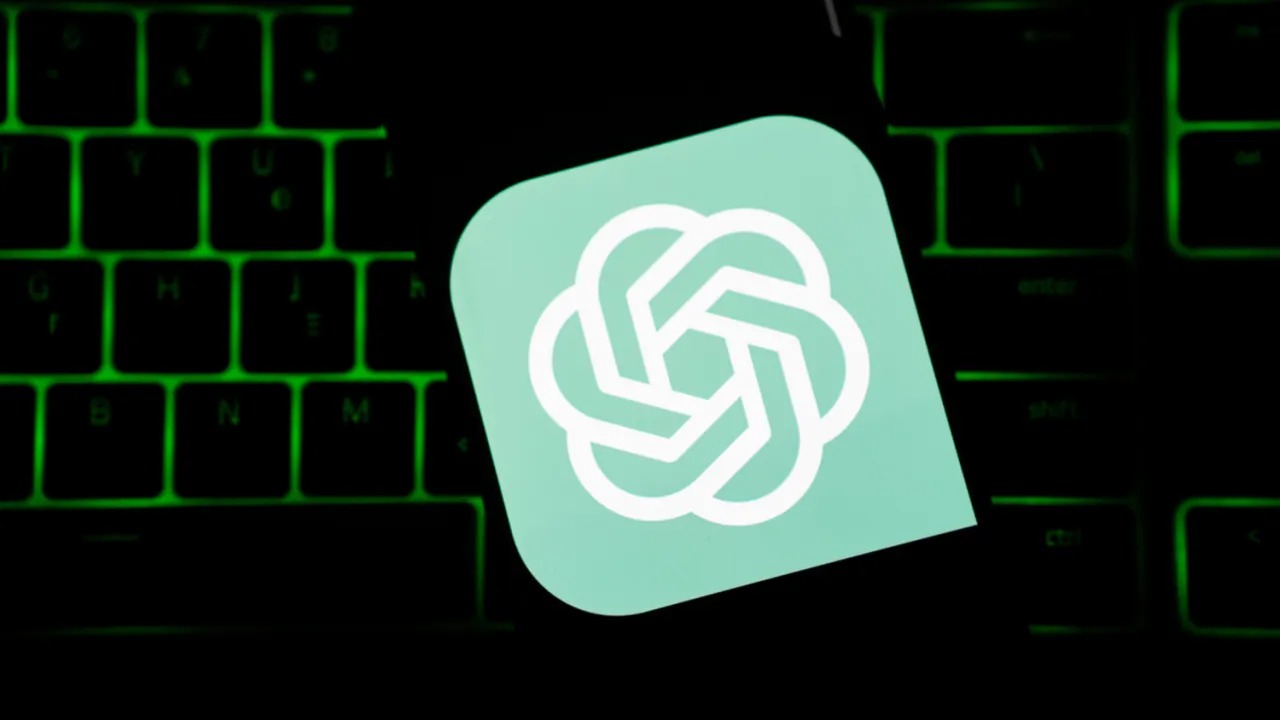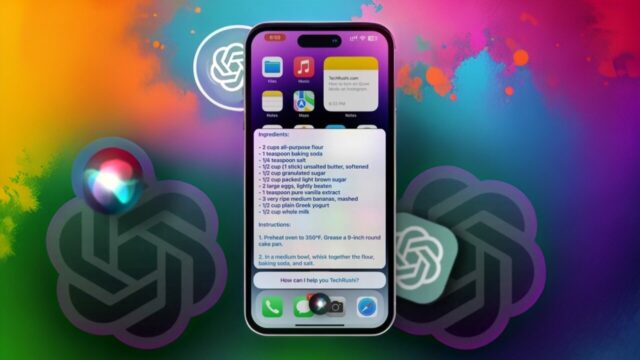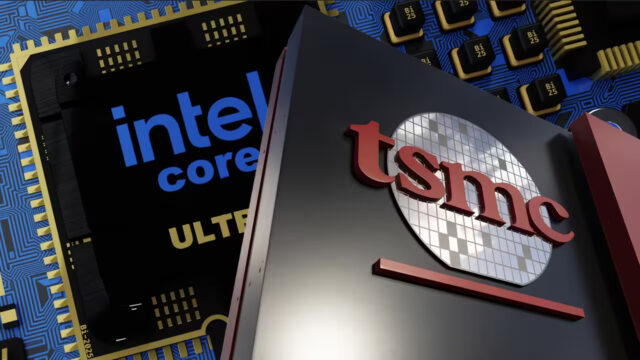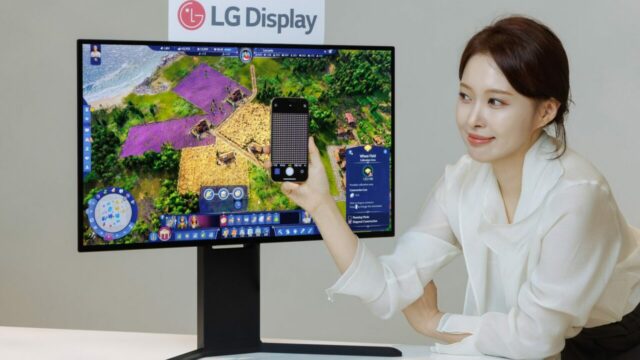OpenAI has once again demonstrated its commitment to advancing generative AI technology. Without much preamble, the official ChatGPT account on the social platform X made an announcement, revealing that a new GPT-4o model had been integrated into ChatGPT. The post simply stated, “there’s a new GPT-4o model out in ChatGPT since last week. hope you all are enjoying it and check it out if you haven’t! we think you’ll like it,” accompanied by a smiley face emoji.
Limited details follow the announcement
Although the ChatGPT app account did not immediately provide further information regarding the update, sources within OpenAI confirmed to VentureBeat that the latest GPT-4o model was designed in response to user feedback. This update has sparked considerable interest among users, leading to various speculations about the capabilities of the new model.
User speculation about chatgpt 4o update reasoning debunked
Some users quickly noticed changes in how the ChatGPT model responded, speculating that the new GPT-4o might be employing step-by-step reasoning or offering more detailed explanations of its thought processes. This assumption was grounded in the observation that ChatGPT seemed to articulate its reasoning more clearly, using natural language.
However, an OpenAI spokesperson clarified to VentureBeat that there had been no change in the reasoning process within the new model. The more detailed explanations could be triggered by specific user prompts rather than an inherent shift in the model’s reasoning capabilities.
Users notice improvements in ChatGPT 4o model
Prior to the official announcement, users had already begun to observe differences in how the GPT-4o model, which powers ChatGPT, was functioning. Many noted improvements in the model’s behavior, stating that it appeared to be performing better than before.
A notable enhancement observed by users was the activation of GPT-4o’s native image generation capabilities. Previously, ChatGPT relied on OpenAI’s DALL-E 3 diffusion-based model to generate images from text prompts. The new GPT-4o model, however, was originally designed to be natively multimodal, enabling it to generate images with higher quality, faster processing, and a more accurate understanding of text prompts.
The significance of ChatGPT 4o’s image generation
The ability of GPT-4o to generate images natively is a significant development, particularly because it marks a departure from relying on separate models like DALL-E 3. The GPT-4o model, which was first introduced in May, was trained to handle both text and visual inputs, turning pixels into tokens. This advancement allows it to create images with greater accuracy, efficiency, and realism, which could lead to better overall user experiences when using ChatGPT.
Criticism and skepticism surrounding the ChatGPT 4o update
Despite the excitement surrounding the update, not all reactions have been positive. Some users and critics have expressed frustration with OpenAI’s lack of transparency regarding the specific changes made to the model’s behavior and user experience. There is a growing sentiment among some that the changes may be superficial or not particularly impactful.
Differentiating between ChatGPT 4o and its API counterpart
The recent update also raised questions about the relationship between the version of GPT-4o powering ChatGPT and the version available to third-party developers through OpenAI’s application programming interface (API). An OpenAI spokesperson explained that while the ChatGPT variant of GPT-4o might differ from the version offered via the API, this distinction is due to the company’s efforts to optimize the model for different user groups. The variant released for the API is tailored specifically to meet the needs of developers.
Future clarity on the ChatGPT 4o update
As the community continues to dissect the latest ChatGPT 4o update, there is a clear demand for more detailed explanations from OpenAI regarding the changes. The company has stated that it is continuously working to improve its models, and additional clarifications on this latest update may be forthcoming. Users and developers alike are eager to see how these enhancements will shape the future of generative AI and the overall ChatGPT experience.














